One of the more unusual banknotes is those of $2 bills, which are rare nowadays, even unfamiliar to some. The first two-dollar notes were printed under the second issue of Legal Tender Notes, starting from 1862, during the Civil War. The Federal Government has issued six currency types of $2 bills, starting with red and brown seals and serial numbers, often changing their face.
It wasn’t as popular at first, even though it was welcomed by The United States Bicentennial in 1976. That was the US Government’s way of honoring the country’s 200th anniversary on banknotes with the Declaration of Independence as the vignette on the reverse side.
These notes are not as rare as some other denominations, but $2 uncirculated bills with red seals and pristine sides could hold more value. According to Business Insider, the two-dollar bills never really caught on, as they account for less than 0.001% of all currency in circulation nowadays. But if you’re lucky to find some older ones from this list of the rarest $2 bills in between books, hidden in the bottom of drawers, you might be able to make decent money.
- $2 Federal Reserve Bank Note
- $2 Legal Tender Note
- $2 Silver Certificates Note
- $2 Birds of Canada Note
- $2 Treasure Note
- $2 Lazy Deuce Note
- $2 Red Seal Star Note
- $2 Continental Note
- $1 – $5 Postal Note
Rarity: Common/Not Very Rare
Portrait: Thomas Jefferson
Value Estimated: $1,000 – $20,000

photo source: Heritage Auctions
The Bureau issued the first $2 bill in 1862. It had Alexander Hamilton‘s portrait, one of the United States’ founding fathers. By 1869, the bill changed its face to a now more common Thomas Jefferson image, which stayed front page even through changes in 1976. However, they reissued it to Federal Reserve Note afterward. Moreover, serial numbers and the treasure seal changed colors from red to green, while the Declaration of Independence replaced the picture of Monticello on the back.
While this is one of the more significant bills ever printed, the BEP produced the last notes in 1978. After everything, the most valuable was sold for $19,200.00 due to the printing errors that doubled serial numbers.
Did you know?
The front of the two-dollar bill from 1918 also has Thomas Jefferson. But the reverse has an interesting propaganda message with a stunning depiction of the U.S. Navy battleship U.S. New York, used in both World Wars.
Rarity: Not Very Rare
Portrait: Alexander Hamilton
Value Estimated: $100 – $10,000
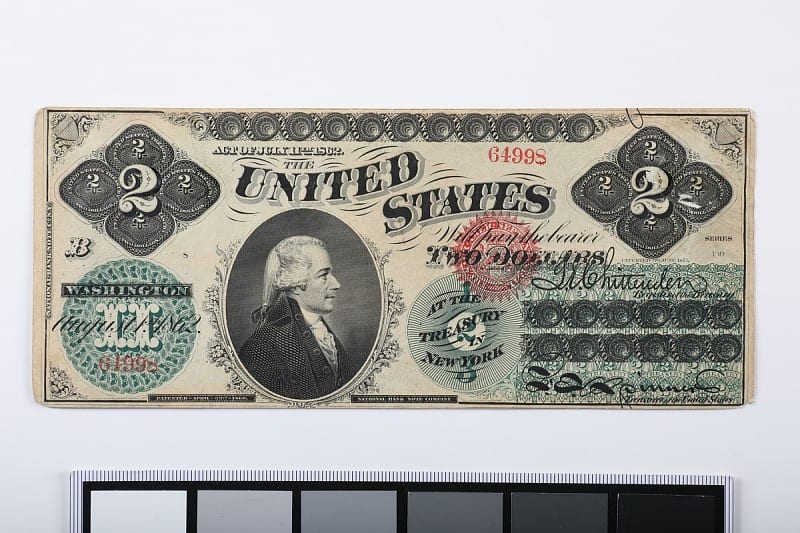
photo source: Smithsonian
The first $2 Legal Tender Note was issued in 1862 by the Federal Government, with a portrait of Alexander Hamilton until Thomas Jefferson took his place in 1869. The back of the note had swirls of number two, earning it a Greenback nickname. After The National Bank Note Company engraved plates necessary for fine printing, the bureau of Engraving and Printing stopped producing the two-dollar denomination.
Uncirculated notes or bills without folds, dirt, or rips can have increased value even up to $10,000. Of course, it can be worth more if the serial numbers are repeated numbers, palindromes or if the serial number includes a star at the end.
Did you know?
Treasure Department was on a brick of bankruptcy when the Secretary of the Department proposed issuing $2 notes to aid the financial situation, but the population wasn’t on board right away. The average person was more accustomed to coins, as they earned less than a dollar a day.
Rarity: Rare
Portrait: George Washington
Value Estimated: $100 – $10,000
 photo source: Old Currency Values
photo source: Old Currency Values
The $2 bill is often called the mini porthole note due to George Washington’s portrait one can see through the porthole of a ship in the center of the note. Washington has a man and a woman on each side, or better said, figures representing agriculture and mechanics. The silver certificates are rich in colors and designed as one-of-a-kind notes with blue ink serial numbers, a seal, and a large horizontal number two on the left frontal side.
The Napier Thomspon signature combination on the front is the rarest in the series, while the reverse side is green with large United States of America in the center.
Did you know?
Rarity: Very Rare
Portrait: Queen Elizabeth II
Value Estimated: $3,000 – $20,000
 photo source: The Bank of Canada
photo source: The Bank of Canada
A series called Birds of Canada was issued in September 1986 printed both by the Canadian Bank Note and British American Bank Note Company, with larger portraits of former Canadian prime ministers and the Queen. The reverse side of the note was decorated with birds because of their political neutrality, as each bird species was chosen from a variety of Canadian habitats. Adjusted to the portrait is also an engraved vignette of the Parliament Buildings to the right.
According to NumiCanada, different prefixes on 1986 notes could raise the value to tens of thousands of dollars. Preferable with AUH and AUG prefix, depending on the state of the banknotes, average prices of certified $2 bills can be between $3,000 and $20,000. Thiessen-Crow signature bill was sold for almost 19,000 Canadian dollars.
Did you know?
There are 703 bird species recorded in Canada, with 39 globally threatened species and 3 extinct species. The back of 2 Canadian dollars features two robin birds, the largest family of birds in Canada.
Rarity: Rare
Portrait: General James B. McPherson
Value Estimated: $2,000 – $17,000
 photo source: Smithsonian
photo source: Smithsonian
Treasure notes were only printed in 1890 and 1891, while this $2 has just a little bit over 130 examples of elusive Friedberg numbers. This Rosecrans-Nebeker signed deuce displays the large brown scalloped treasure seal, while General James McPherson is portrayed on the front of the bill. General was the second-highest-ranking Union officer killed during the Civil War.
The government used the 1890 series to purchase silver bullion from the mining industry. The notes differ in the large brown or a small red seal.
Did you know?
The Two Dollar Bill Documentary was made in 2015 by the director John Bennardo with the permission of the Bureau of Engraving and Printing in Texas. The reason for this documentary was a history lesson about the forgotten son of paper currency, but it sparked attention about the revitalization of the $2 bill.
Rarity: Very Rare
Portrait: Stars and Stripes
Value Estimated: > $3,000
 photo source: National Currency
photo source: National Currency
Lazy Deuce is a large-sized note issued between 1863 and 1875. While the reverse side has Sir Walter Raleigh smoking tobacco, the front shows a large sideways number two, wherefore the bill got its nickname, along with a woman unfurling a flag.
The note value depends on the bank that issued the bill back in the day. One of only two known bills from the original issued in Yonkers, New York, was sold for $2,160 in a low condition, with tattered edges and faded marks.
Did you know?
In the mid-20th century, $2 bills gained attention, but people typically used them for similar activities. Most issued two-dollar notes ended up in horse races and tips at strip clubs. However, the US Servicemen accumulated them during World War II and frequently used their paychecks with $2 at canteens, commissaries, and entertainment clubs.
Rarity: Very Rare
Portrait: Thomas Jefferson
Value Estimated: Depending on the series $10 – a couple of thousand dollars
 photo source: Old Money Prices
photo source: Old Money Prices
U.S. currency changed its size in the same year as the United States Note was issued. Thomas Jefferson was on the front of the bill, while the reverse side featured the president’s home, Monticello. The printers engraved this series with a red treasury seal and serial numbers. However, the 1928B star series is the rarest of the entire issue. It is said that this specific series is so rare that there are less than a dozen known to exist. While the 1928B star series is the rarest, the value decreases with the change of the series, with the 1928G being the most common.
Did you know?
The star symbol makes the note rare and expensive to purchase. This character appears on the tail end of the serial number. Moreover, the star notes are replacement banknotes for faulty ones due to printing mistakes. As a result, no serial number will repeat, and one can identify every replacement with a star at the end.
Rarity: Very Rare
Portrait: Clamshell Box
Value Estimated: Depending on the condition $100 – a couple of thousand dollars
 photo source: Wikipedia
photo source: Wikipedia
Continental currency was issued in 1775 by Continental Congress, and it became the first federally issued paper money. Continentals were issued because of the American Revolutionary War, as it was first denominated in dollars from $1/6 to $80. From 1775 to 1779, Congress had ordered 11 emissions of Continentals to the amount of 226 million Spanish milled dollars. The notes were deemed worthless after inflation that happened simultaneously, where most people lost interest in paper money altogether.
Continentals raised little to no confidence concerning the paper currency, which the United States started issuing when the Civil War began in 1861.
Did you know?
Rarity: Extremely Rare
Portrait: Seal from the issued state
Value Estimated: $300 – $10,000
 photo source: Old Money Prices
photo source: Old Money Prices
People used postal notes to send money through the mail, without specific worth, as one could punch how much money they wanted to transfer under $5. There were six types. – All of them differ, depending on who engraved and printed them, but Type I or Gold postal notes are the most valuable and rarest 2-dollar bills. The holes on both sides of the bill come from the bill denominations and year, signed by the local postmaster.
Most postal notes were saved as souvenirs, but they were issued throughout 1883 – 1893. The fee for sending one was three cents, and they were mandated to be cashable only in the city where it was issued, as the Government officials were familiar with postal theft. But that soon changed as more notes were printed.
Did you know?
There were 70.8 million postal notes issued between 1883 and 1894, while The Postal Service of the USA processes about 425.3 million mail pieces today.

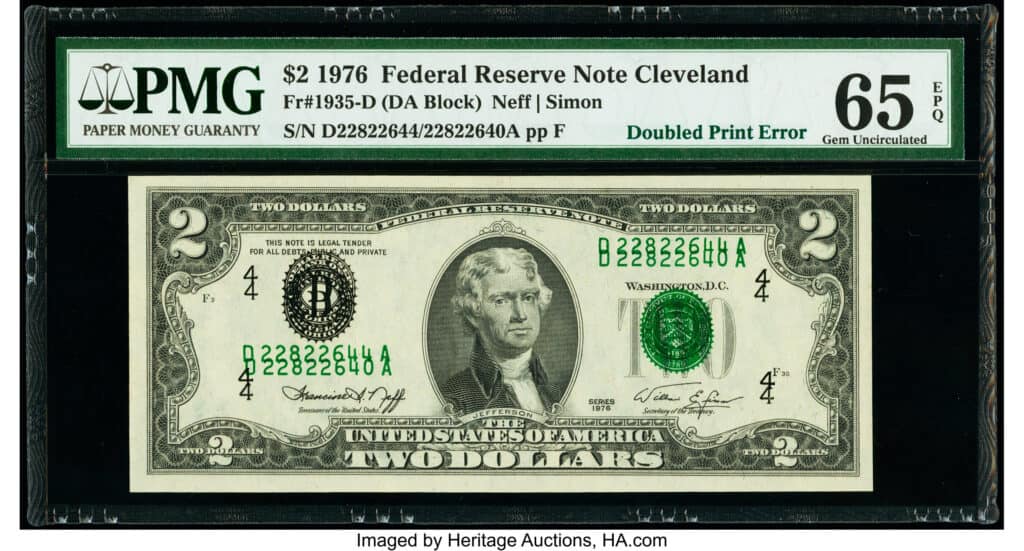
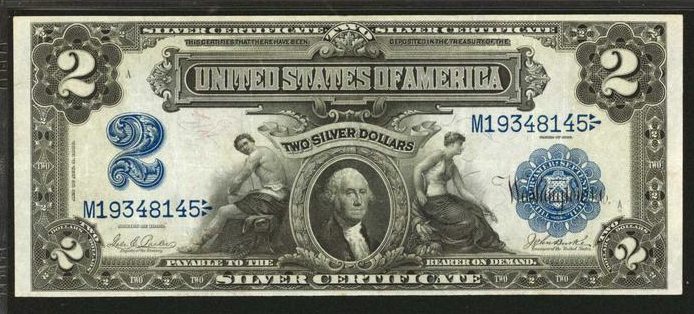 photo source:
photo source: 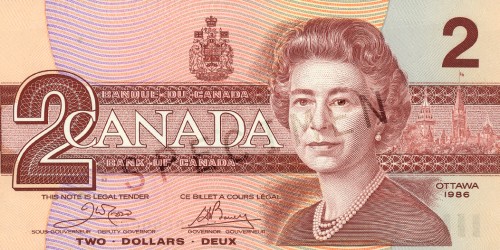 photo source:
photo source: 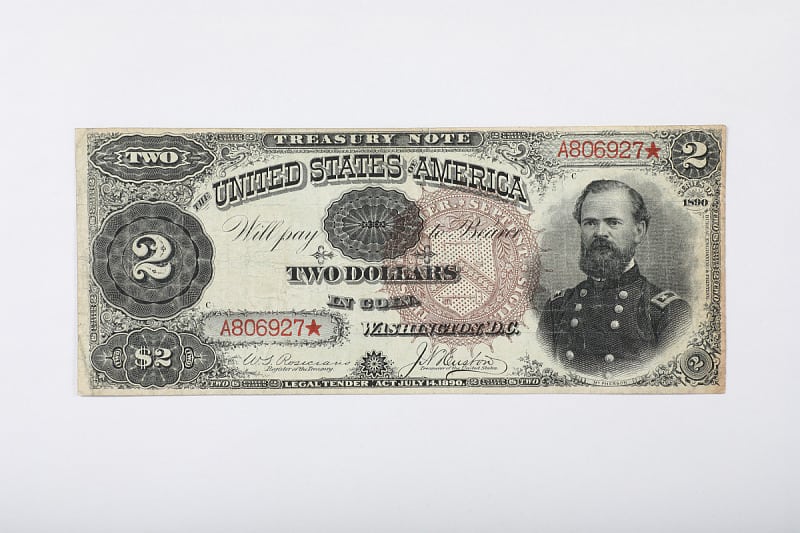 photo source:
photo source: 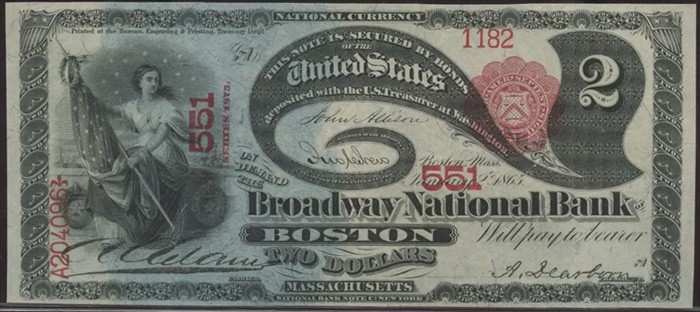 photo source:
photo source: 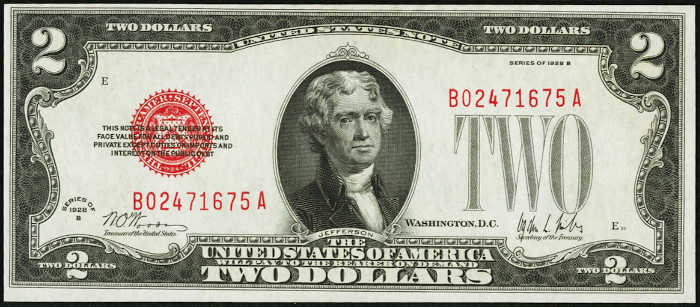 photo source:
photo source: 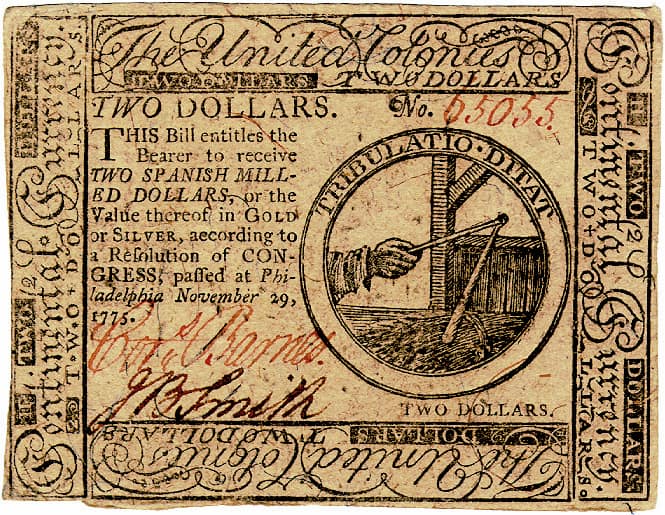 photo source:
photo source: 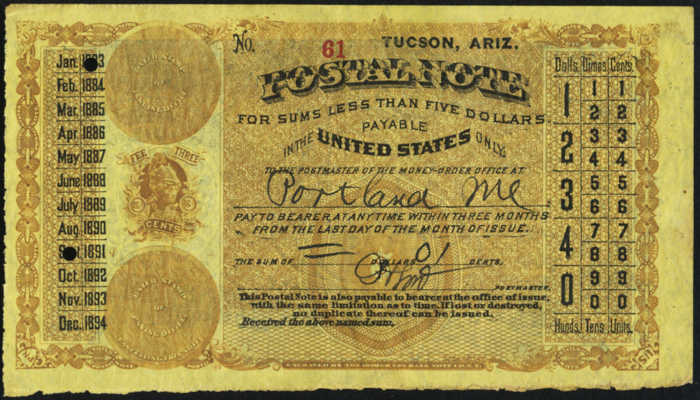 photo source:
photo source: